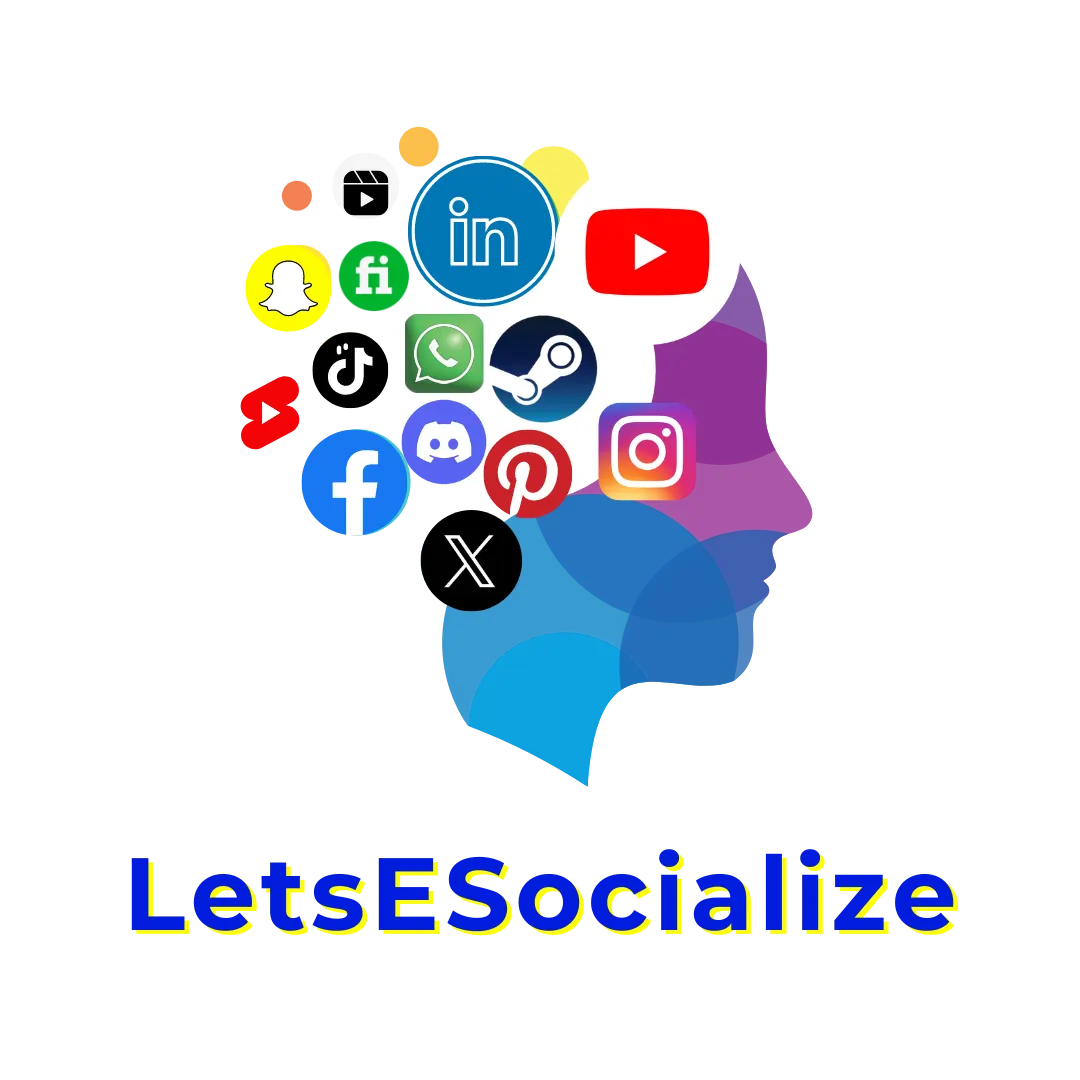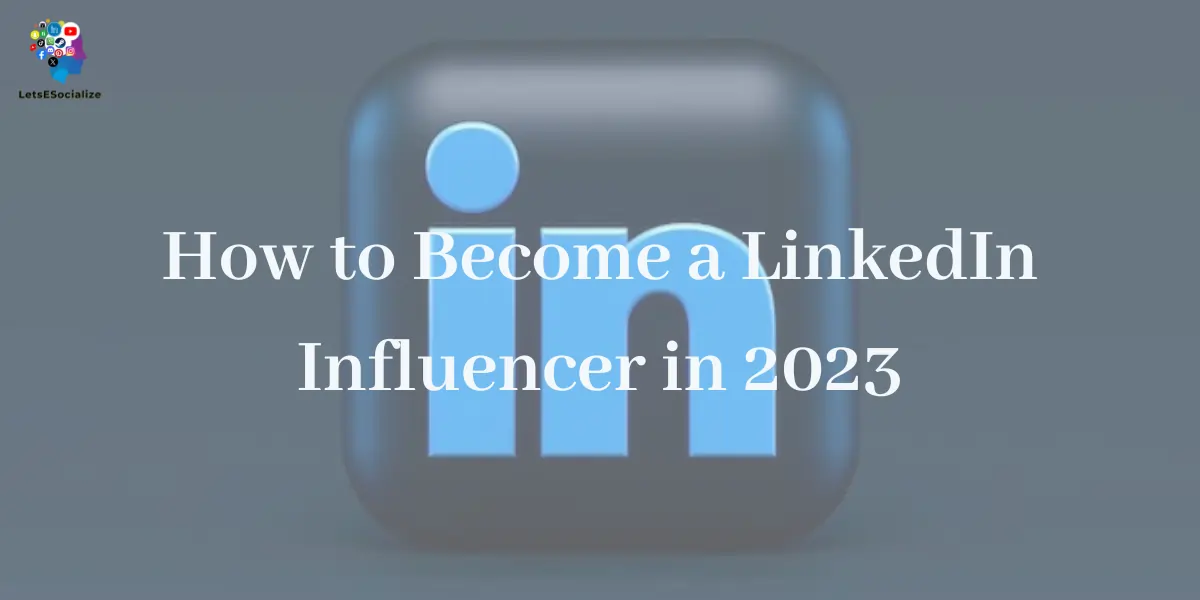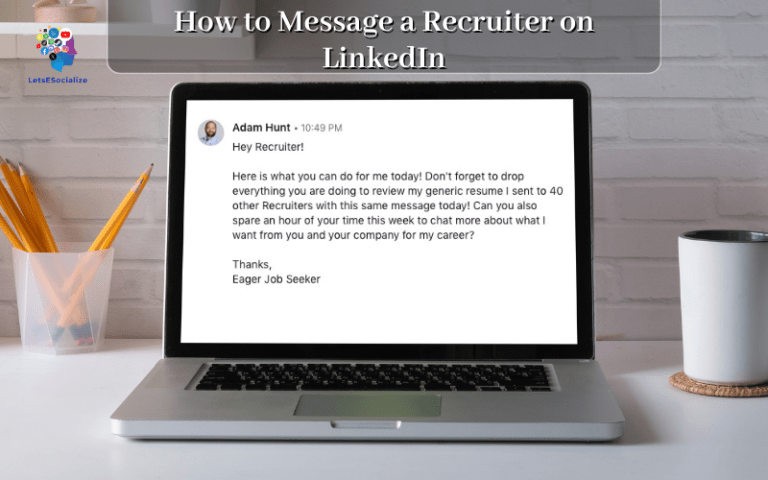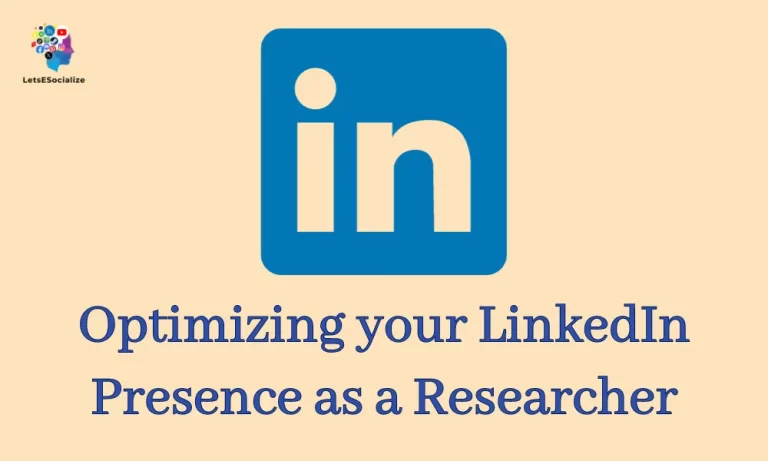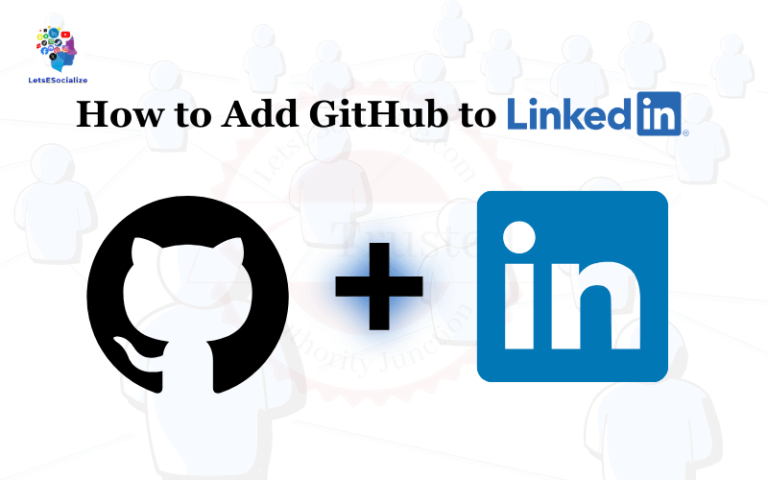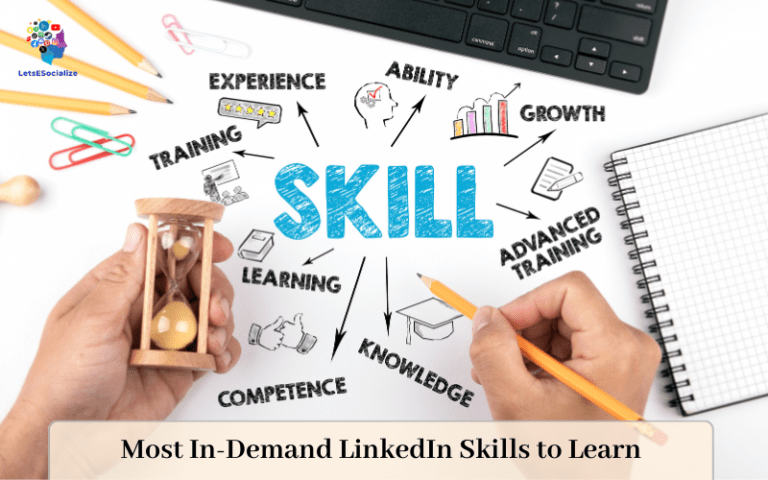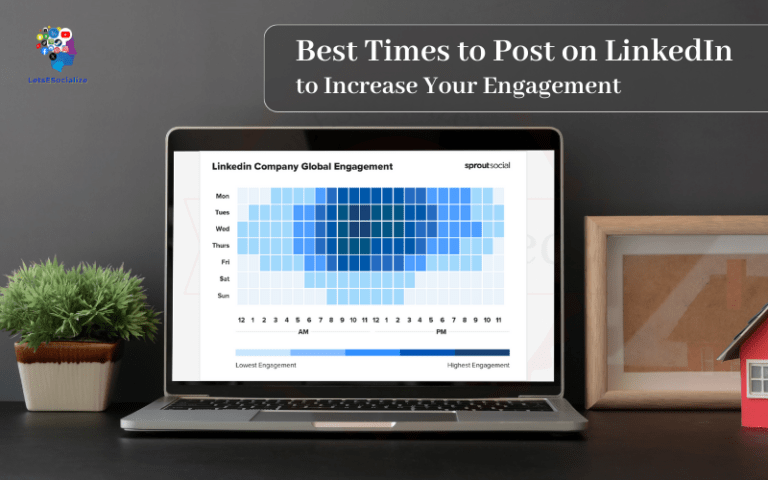LinkedIn has become one of the most important platforms for building a professional brand and influencing key audiences. With over 875 million users, it’s no surprise that LinkedIn influencer marketing is on the rise.
Table of Contents
What is a LinkedIn Influencer?
A LinkedIn influencer is someone who has built up a large, engaged following on the platform and leverages that reach to shape opinions, promote ideas, and drive conversations within their industry.
The core elements that define a LinkedIn influencer include:
- A large following: Influencers have at least 10,000+ followers, with many having follower counts in the hundreds of thousands or millions.
- High engagement: Their posts and content generate above-average likes, comments, and shares compared to regular users.
- Thought leadership: They post original, insightful content that demonstrates knowledge and expertise around a niche topic.
- Industry authority: They are recognized as trusted voices on key issues and topics within their field.
Essentially, LinkedIn influencers have cultivated personal brands that lend them credibility and sway opinions within the LinkedIn community. Companies and peers look to them for insights, perspectives, and guidance.
“LinkedIn influencers are the subject matter experts that users follow to stay in the know and learn about industry trends and best practices.”
LinkedIn Influencer Program

In 2014, LinkedIn launched its official Influencer program to highlight thought leaders across various industries.
Influencers in this elite program have a prestigious “Influencer” badge on their profile signaling their status. According to LinkedIn, they have over 1,300 contributors across sectors like technology, business, science, higher education, and more.
Some of LinkedIn’s current Influencers include high-profile thought leaders like:
- Richard Branson
- Bill Gates
- Satya Nadella
- Arianna Huffington
- Tyler Haney
But here’s the thing – you don’t need to be part of LinkedIn’s official influencer program to be considered an influencer. There are thousands more “everyday influencers” who may not have the blue checkmark but have still established themselves as subject matter experts through their content and follower base.
You can become a LinkedIn influencer without being part of the official LinkedIn Influencer program.
Also, Read – How to Ethically Steal Competitor’s Audience on LinkedIn
Why Become a LinkedIn Influencer?
Building influence and authority on LinkedIn delivers some major benefits:
1. Expand your reach and visibility
By developing an engaged, targeted following, you’re able to get your message and content in front of a much wider audience of ideal customers and connections. This expanded reach builds visibility and awareness for your brand.
2. Establish credibility and trust
The content you share allows you to showcase your knowledge, perspectives, and expertise to peers and prospects. This helps position you as a trusted voice that people look to for insights.
3. Shape industry narratives
As an influencer, you have the opportunity to impact narratives and drive conversations around topics that matter to you and your audience. Your voice carries weight in moving opinions.
4. Connect with leaders and decision-makers
Gaining a large, engaged following puts you on the radar of executives, business leaders, and decision-makers that you may want to connect with. It can help give you access to key individuals.
5. Grow your business and career opportunities
From partnership opportunities to speaking engagements to exciting job offers, becoming an influencer opens doors to new business and career possibilities.
6. Give back to your community
For many, influence is also an opportunity to elevate important topics and give back to their industry and peers by sharing knowledge and empowering others.
If knowledge sharing, brand building, and shaping ideas excite you, pursuing influencer status on LinkedIn can be highly rewarding!
How to Become a LinkedIn Influencer in 2023

Want to grow your influence and become a LinkedIn thought leader this year? Here are the key steps:
1. Identify Your Niche and Expertise
First, get clear on the specific topics and subject areas you want to focus on—and most importantly—highlight expertise around.
The strongest LinkedIn influencers specialize in specific niches. For example:
- SaaS sales
- Social media marketing
- Diversity and inclusion
- Healthcare leadership
- Agile project management
Target an area you have deep knowledge or experience in. This niche focus establishes credibility and authority.
Make a list of the topics and themes you want to be known as an expert in and align your content strategy around them.
2. Optimize Your Profile
Your LinkedIn profile will be front and center as you build your influencer presence, so ensuring it’s optimized is key.
Include the following elements:
- A professional headshot
- An engaging headline and bio summarizing your expertise
- Rich media like Slideshare, videos, and visual assets to showcase content
- Your key skills and credentials
- Recommendations from past colleagues and employers
Also, make sure your profile is filled out—incomplete profiles undermine your expert positioning.
In your bio, briefly summarize your credentials and influence intentions to establish immediate authority and intrigue visitors.
Example: “Passionate about empowering healthcare leaders with the insights needed to drive innovation. Building a community of forward-thinking changemakers.”
3. Grow Your Network
Expanding your network is critical because followers are the lifeblood of influence on LinkedIn.
Make meaningful connections with those in your industry and niche by:
- Proactively sending personalized connection requests
- Engaging with others’ content through liking, commenting, sharing
- Joining niche LinkedIn groups and participating in discussions
- Following and interacting with those you want to connect with Growing your network not only builds your follower count but surfaces more potential audiences for your content.
Aim to have at least 1000+ connections to start establishing influencer status.
4. Consistently Publish Valuable Content
Thought leadership content is the core of demonstrating your knowledge and value to audiences. Commit to frequently publishing content like:
- Long-form posts
- Articles
- Whitepapers
- Case studies
- Videos
- Q&As and AMAs
- Slideshare
Post at least 1-2x a week to stay top of mind. Ensure your content delivers tangible value by teaching readers something new or offering solutions to problems.
Leverage LinkedIn’s blogging platform or embed content from an external blog.
Also, interact with and share other credible content from your industry to highlight curation skills.
5. Use Multimedia Content
While long-form posts are critical, also incorporate multimedia like videos, polls, images, and presentations.
Multimedia content tends to be more engaging and digestible. Plus, it showcases thought leadership in different formats.
6. Monitor Your Analytics
Keep a close eye on your LinkedIn Page Insights and post analytics. Metrics like:
- Impressions
- Engagement rate
- Follower growth
- Content likes/shares
Offer visibility into how your influence strategy is performing. Continuously optimize based on learnings.
7. Collaborate with Other Influencers
Look for opportunities to collaborate with those who have an established audience. This could include:
- Interviewing them for a podcast
- Co-authoring a post
- Participating in a live video discussion or panel
Collaborating allows you to tap into their follower base and get visibility. Make sure to return the favor and offer them exposure to your network too.
8. Use Hashtags Strategically
Hashtags help surface your content to interested audiences outside your immediate network.
Research and incorporate relevant hashtags like #saassales or #healthcareinnovation. But don’t go overboard. Stick to 1-2 tops per post to ensure relevancy.
9. Engage Your Followers
It’s not enough to just broadcast content through a megaphone. Make sure to actively engage your growing follower base through:
- Responding to comments and messages
- Asking questions in your posts to spark discussion
- Sharing user-generated content related to your topics
- Sending personalized messages to build relationships
Engagement fosters community and loyalty. An engaged tribe amplifies your content and brand.
10. Track Your Progress
Define what LinkedIn influencer success looks like for you and actively track your progress against those goals. Metrics to follow might include:
- Follower count
- Engagement rate
- Shares/likes per post
- Content reach
- Mentions
Celebrate wins along the way to keep the momentum going. Continuously refine your strategy based on results.
Top Tips for Increasing Your LinkedIn Influence
Here are some additional tactics to accelerate your influencer impact:
Focus on content formatting – Well-formatted posts with eye-catching visuals and scannable sections earn more engagement. Use lists, subtitles, bold fonts, images, and white space.
Go LIVE – Live videos can drive massive engagement. Go live to share announcements, host Q&As, or deliver real-time thought leadership.
Cater to mobile – Given high mobile usage on LinkedIn, optimize content for mobile screens with short paragraphs and single idea points.
Use calls to action – Include specific CTAs in your posts like “download now” or “share your thoughts below” to spark engagement.
Highlight media features – Being featured in media publications lends credibility. List media features and testimonials on your profile.
Follow hashtags – Follow hashtags like #socialmediamarketing to engage with content, trends, and influencers in your space.
Mistakes to Avoid as a LinkedIn Influencer

As you build influence, sidestep these common missteps:
- Automating messaging – Don’t automate connection requests. Personalize all communication.
- Aggressive self-promotion – Don’t make every post a product plug. Focus on generating 80% valuable content, and 20% promotion.
- Ignoring feedback – Listen and respond to comments and critiques. This shows you value community dialogue.
- Inconsistency – Don’t post randomly. Establish a regular content schedule and stick with it.
- Lack of focus – Don’t spread yourself too thin on scattered topics. Stick to your niche expertise.
- Radio silence – Stay active daily. Influence requires consistent, ongoing engagement.
Also Read – Indeed vs LinkedIn: Comparing the Top Job Sites in 2024
Realistic Timeline for Becoming a LinkedIn Influencer
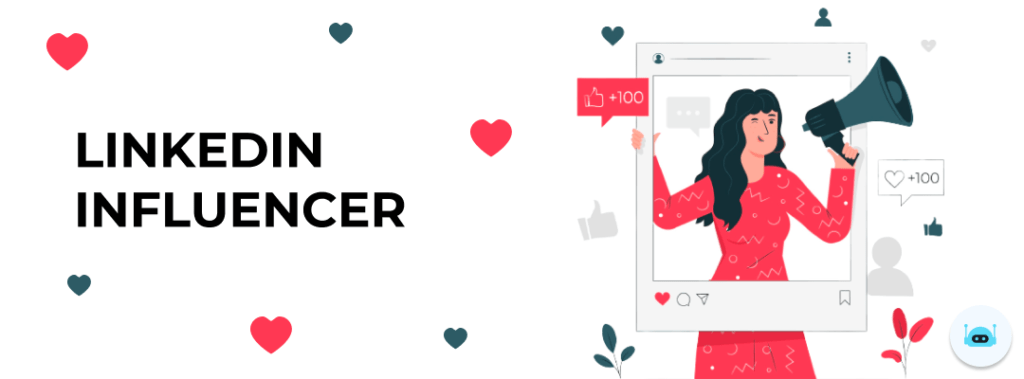
Gaining significant authority and influence won’t happen overnight. But stick with it, and you can build momentum over time. Here’s a realistic roadmap:
Month 1:
- Establish your niche/focus areas
- Complete and optimize your profile
- Begin expanding your network with 25-50 new connections per week
- Ramp up engagement through likes, comments, shares
- Post 2-3x that month
Months 2-3:
- Expand your network by 100+ more connections
- Set a consistent content posting schedule (1-2x per week)
- Test different content formats like video and SlideShare
- Track engagement metrics and optimize popular post types
- Engage followers by responding to comments and messaging
- Repurpose/promote your best-performing posts
Months 4-6:
- Grow your network by another 200-300+ connections
- Leverage hashtags and @mentions for greater visibility
- Consider an influencer collaboration to tap into new audiences
- Continuously fine-tune content based on feedback and metrics
- Monitor follower growth and engagement rates
Months 7-9:
- Expand your audience with 500+ more targeted connections
- Increase content frequency if engagement is strong (2-3x per week)
- Start participating in LinkedIn groups related to your niche
- Look for speaking opportunities at events to further influence
- Track progress against your LinkedIn influencer goals
Months 10-12:
- Leverage your influence and content portfolio for partnership opportunities
- Continue nurturing your community with consistent engagement
- Celebrate your wins! Take stock of your growth and impact over the past year.
- Set new goals and establish a plan to deepen engagement and reach in the coming year
While every influencer’s journey is unique, this roadmap gives you an idea of the key milestones as you work towards establishing yourself as a LinkedIn thought leader.
The more value you consistently provide, the quicker you can build authority and amplify your message.
LinkedIn Influencer Content Ideas

Not sure what type of content to share to demonstrate thought leadership? Consider these engaging LinkedIn influencer content ideas:
- Industry trend reports and forecasting
- Q&As (ex. “5 Questions with [Industry Expert]”)
- Current event commentary
- How-to guides and tactical tips
- Interviews with fellow influencers
- Virtual Summit Keynote Recaps
- Lessons learned from personal experience
- Response to recent news/studies
- “Day in the Life Of” feature stories
- Case studies featuring clients
- Thought-provoking lists/frameworks
- Leadership insights and advice
- Curated content roundups
- Job transition and career growth tips
- Book reviews and key takeaways
- Problem-solving and troubleshooting
- Commentary on the competitive landscape
- Behind-the-scenes company/product updates
- Relevant book/resource recommendations
- Op-eds and think pieces
Top LinkedIn Influencers To Follow

Looking for inspiration from current top influencers on LinkedIn? Here are a few standout profiles worth following:
- Guy Kawasaki – VC, bestselling author and chief evangelist of Canva. A thought leader in startups, business innovation, and social media.
- Sophia Amoruso – Founder/CEO of Girlboss and Nasty Gal. Empower women in business.
- Melinda Gates – Philanthropist tackling global issues through the Gates Foundation.
- John Maeda – Technologist and designer. A thought leader on technology intersecting with design, inclusion, and education.
- Dr. Tara Swart – Neuroscientist, leadership coach, and author. Expert on brain health.
- Jay Samit – Independent company builder challenging the status quo.
- Luvvie Ajayi Jones – Author, podcaster, and digital strategist focused on leadership and life fulfillment.
- Estée Lauder – Beauty industry icon sharing leadership and entrepreneurship insights.
- Tim Brown – CEO and president of IDEO driving design thinking and innovation.
- Bernard Marr – Bestselling author and keynote speaker on business performance, data, AI, and the future of work.
- Dorie Clark – Marketing strategy consultant, professional speaker, and author of books like Entrepreneurial You.
- Kara Goldin – Founder and CEO of Hint Water. Champion of women founders and healthy living.
- Guy Raz – NPR host adept at distilling complex ideas into engaging stories and actionable insights.
- Ryan Holmes – CEO of Hootsuite, a leading voice on social media marketing.
- Whitney Johnson – Thinker, author, and podcast host unlocking personal disruption and innovation potential.
- Laszlo Bock – Former SVP of People Operations at Google and founder of Humu. Human resources and management thought leader.
This covers some of the business thinkers worth learning from. But don’t limit yourself to just top names. Some of the best niche influencers can be lesser known voices disrupting industries or empowering communities.
LinkedIn Influencer Marketing Campaign Examples

How are brands leveraging LinkedIn influencers as part of their content strategies? Here are a few examples to inspire your next influencer marketing campaign on the platform:
Program: Adobe Creative Resident featured influencer Ryan Christenson
Campaign: Adobe commissioned artist Ryan to create an original Instagram-worthy pop art piece highlighting the Creative Cloud apps. They leveraged paid ads to promote the content across LinkedIn feeds.
Illustration Software Company Campaign
Tactic: An illustration software company identified and partnered with a LinkedIn influencer who created logo designs, infographics, and portraits using their product. They leveraged the influencer’s original branded content in their LinkedIn Sponsored Content campaigns and on their Company Page.
Cybersecurity Company Partnership
Approach: A cybersecurity company pursued an affiliate partnership with cybersecurity influencer and hacking expert Principle Solutions. As an affiliate, the influencer shares security insights and invites followers to download buyer enablement content from the cybersecurity company’s website.
AI Startup THOUGHT-LEADERSHIP CAMPAIGN
Tactic: To establish thought leadership, an emerging AI startup recruited a mix of LinkedIn influencers and subject matter experts to contribute posts and appear in video interviews discussing AI trends on the startup’s Company Page.
Accounting Industry Micro-Influencer Campaign
Strategy: An accounting solutions firm targeted micro-influencers in the accounting space by searching accounting-related hashtags and groups. They offered each micro-influencer a fee to create a LinkedIn post featuring one of their smaller accounting products.
Also Read – LinkedIn Recruiter Lite: The Essential Talent Sourcing Tool for Recruiters
Common LinkedIn Influencer Marketing Mistakes To Avoid
When enlisting LinkedIn influencers, sidestep these blunders:
- Asking for endorsements from influencers who haven’t used your product
- Recruiting influencers with poor content quality or low engagement rates
- Here is the continuation of the section on common LinkedIn influencer marketing mistakes to avoid:
- Pitching influencers who are not a good fit with your brand values or positioning
- Not giving influencers enough creative control over the partnership
- Neglecting to establish clear expectations and messaging upfront
- Failing to promote and amplify the influencer content through your channels
- Not integrating influencer content into other marketing initiatives
- Focusing solely on the hard metrics vs. the more qualitative impacts
- Forgetting to incorporate relevant hashtags and handles that expand visibility
- Not incentivizing audience engagement within the posts
- Declining to share behind-the-scenes insights that lend authenticity
- Neglecting to make the partnership a win for the influencer too
- Overworking influencers with too many rigid requirements
- Forgetting to optimize branded content for mobile
- Not providing enough support during content development
- Failing to properly vet influencers for fake followers and engagement
- Not balancing educational with promotional content
The keys are choosing relevant influencers, giving them flexibility, supporting them fully, and amplifying the collaborations through multiple channels. Structure win-win partnerships that provide value to audiences and participants alike.
